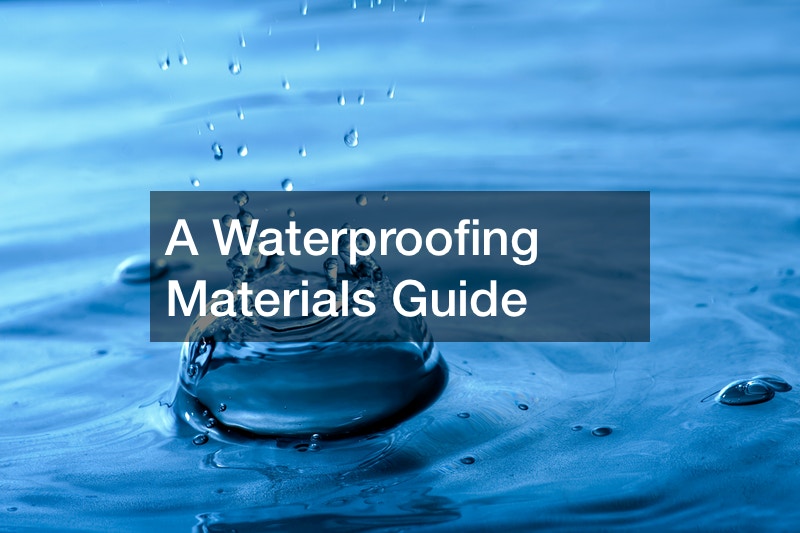
In the video “Types of Waterproofing,” we learn about why waterproofing a home is vital.
Water damage can cause 90% of damage to a home, but waterproofing only costs 1% of home renovation costs. Waterproofing your home should be a priority to avoid costly repairs in the future.
A lack of waterproofing can ruin the structural integrity of the home, and lead to extensive mold and mildew growth, which can cause serious health problems.
Waterproofing your home is an important step in protecting your investment and keeping your family safe.
Type of Waterproofing
The most common waterproofing materials are asphalt, butyl rubber, polyurethane, and tar. Asphalt is the most affordable option and is most commonly used on flat roofs. Butyl rubber is more expensive but is more durable and can be used on any roof type.
Bituminous coating waterproofing is a thin layer of asphalt that is applied to the surface of the roof.
Bituminous membrane waterproofing is a thick layer of asphalt that is applied to the surface of the roof and then covered with a layer of gravel.
Polyurethane waterproofing is a relatively new technology that is more expensive than asphalt but is much more durable. It can be used on any roof type and is becoming the preferred choice for commercial applications.
Tar waterproofing is a thick, sticky substance that is applied to the surface of the roof. It is very durable but can be difficult to apply.
In conclusion, waterproofing materials come in many different forms, each with its own set of pros and cons. It is important to consult with a professional to determine the best option for your home.

